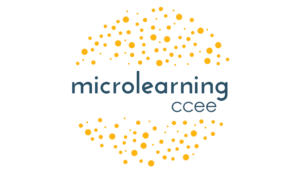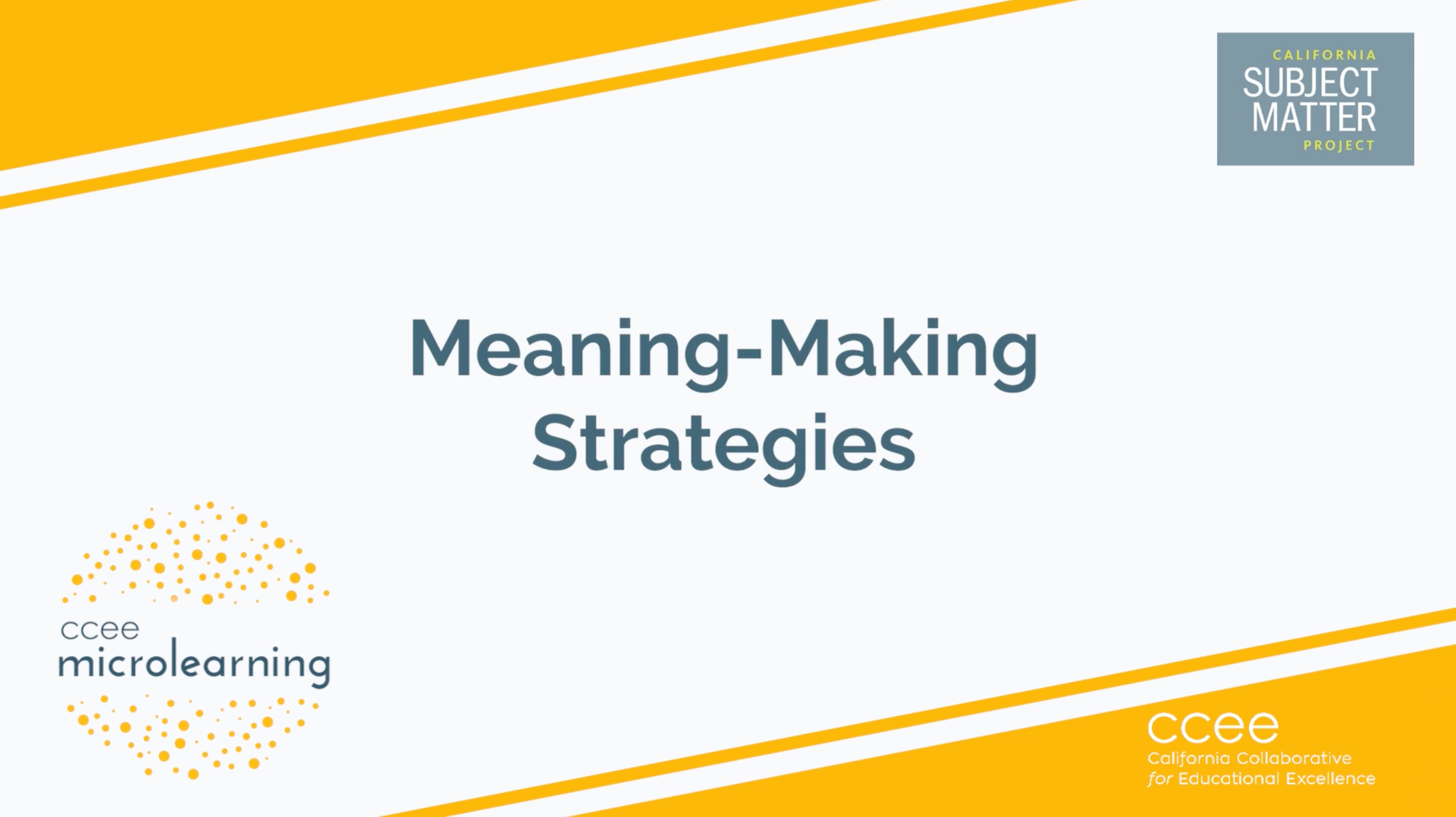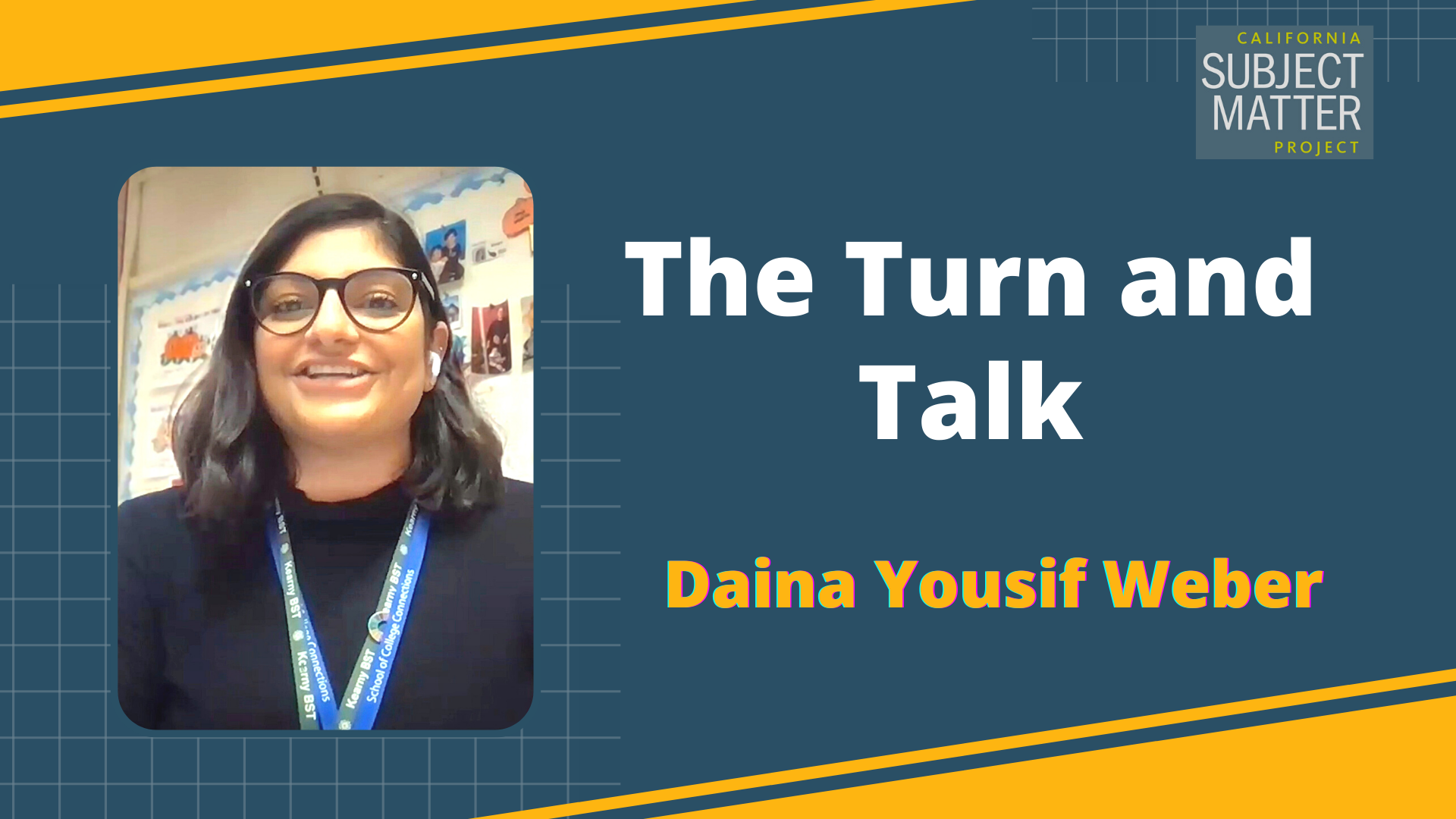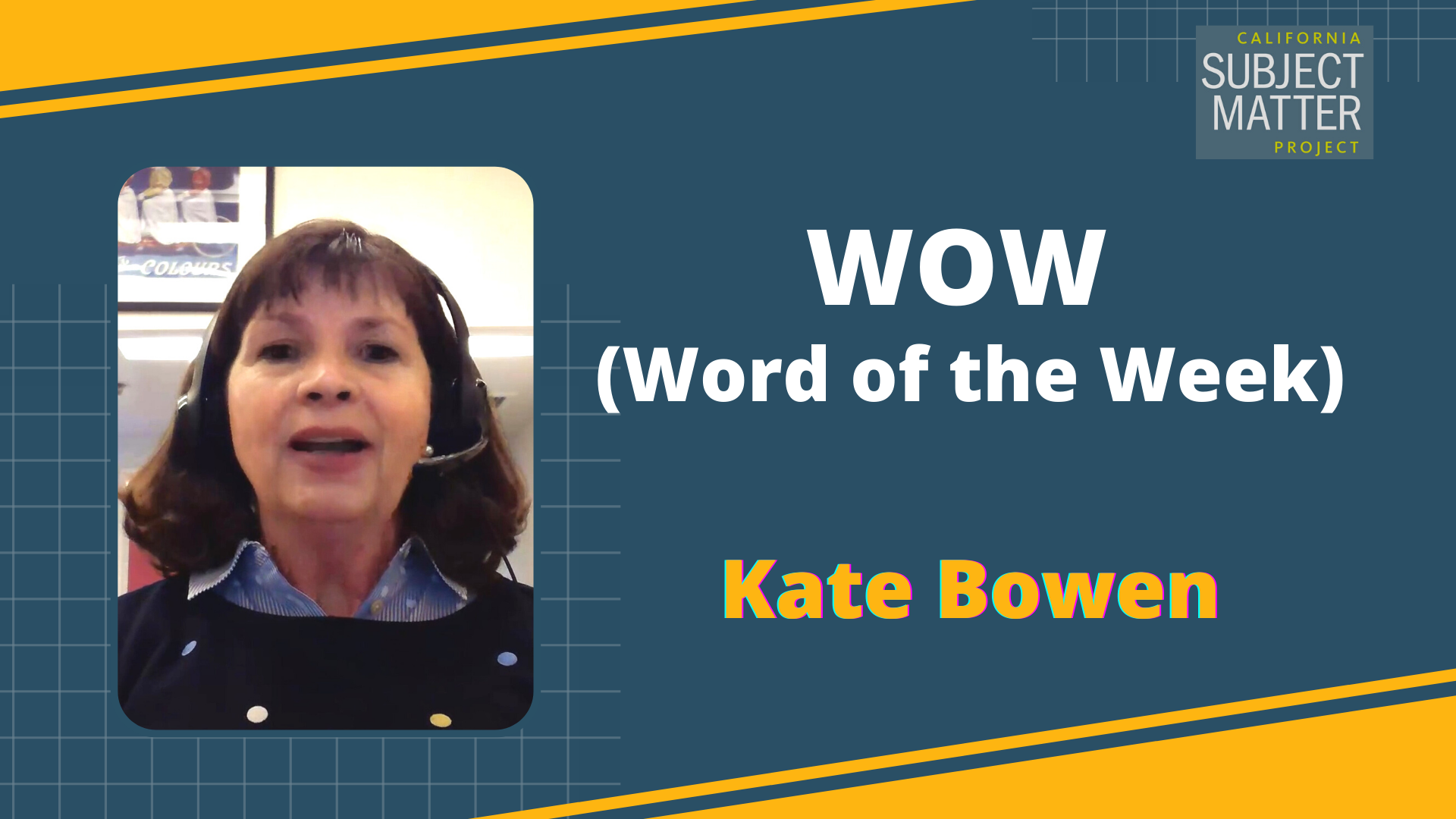Watch the Video
Presenter
Gloria Hurtado, 8th grade math teacher at Hillsborough Junior High School in Hillsborough, California, and also a teacher leader with the California Math Project.
Transcript
Hello. My name is Gloria Hurtado and I teach 8th grade math at Hillsborough Junior High School in Hillsborough, California, and I am representing the California Math Project. We use this strategy at the middle school level, but it could be adapted at any grade level. It is called the “3 Reads Strategy” and we use it when we introduce word problems to our students, we have found that by going over these steps, students have a better grasp on what the word problem is asking them to do. So this strategy is super helpful to English language learners.
For this example, I’m going to be using this particular math problem. A classroom has triangular tables. They can be arranged like this. How many students can sit around one table? Two tables or X tables? So when I do the three reads strategy, I actually like to take out all the questions. So instead, all I give my students is something like this. A classroom has triangular tables. There is enough space to sit one child at each side of the table, and the tables are arranged in a row like the one below. So now that I’ve manipulated the question a little bit, let’s get our students set up. I like to use Desmos for this strategy, because it allows me to share student responses quickly and easily.
Desmos is a free online tool that allows you to engage, explore, explain, and demonstrate, and allows students to interact with math functions. If you don’t have access to technology. That’s okay. Writing responses on binder paper would suffice as well. So let’s tackle the first read.
The first read consists of students telling me the gist of the situation. There should be no calculations involved yet. I like to not even show any text to the students and just have them listen to me. Of course, if you have students with special needs, accommodate them accordingly. Maybe just have the text for those particular students. So I like to repeat the situation at least three times.
Students should be writing or typing what they believe the situation is. Some possible student responses should look like this. “The problem is about triangular tables in the classroom,” or “this problem is about tables in the classroom. The tables are a triangle.” After a few minutes, I will glance and show some class responses. It is important to show some misunderstandings so that we can all learn. The awesome thing about Desmos is that you can keep the student anonymous to protect them. And that’s the first read.
Now let’s move on to the second read. Now in the second read, I want students to identify important information or numbers. Here, the goal is to come up with some information, like the number of students that consider on a table, maybe the number of tables, et cetera. Again, we don’t want students to calculate anything here. At this point, you could reread the prompt again, or maybe have students read. I like having students read the prompt. After a few minutes, I share student responses. This helps students see other answers and maybe realize some quantities that they didn’t even think of. And that’s the second read.
Last is the third. We want students to come up with possible mathematical questions that relate to this story. Maybe they’ll come up with questions like: “How many students can sit on five tables? How many students can sit around 10 tables?” Again, I wanto to emphasize that students are not calculating anything yet. We’re just getting a good feel about this situation. And after some time I make sure to share student responses, and that’s the third read.
And overall, this is the 3 read strategy. After doing this, I give my students the original problem and task, which was the classroom has triangular tables. They can be arranged like this. How many students consider around 1 table, 2 tables, or X tables? What is great about this strategy is that all students feel like they’re ready to tackle and try the actual problem. Students feel comfortable and safe to begin.
So to recap, the steps. The first read is about getting the gist of the problem. The second read is about getting students to identify any important numbers or values. And the third read is about getting students to come up with possible math questions that could be related to the asked problem. And again, my name is Gloria Hurtado from Hillsborough Junior High and thanks for listening about our 3 Reads Protocol.
Accompanying Materials & Resources
- Quick Guide: Three Reads Protocol (PDF – 1 Page)
- Three Reads Protocol with Gloria Hurtado (Protocol Sheet)
- Three Reads Protocol with Gloria Hurtado Slides (Powerpoint Slides)



